Nextiva Case-study: How to hire a team of 110 in 12 months
In "cases' we share stories of our most interesting and complex challenges.
11/18/2022Read 4 min.
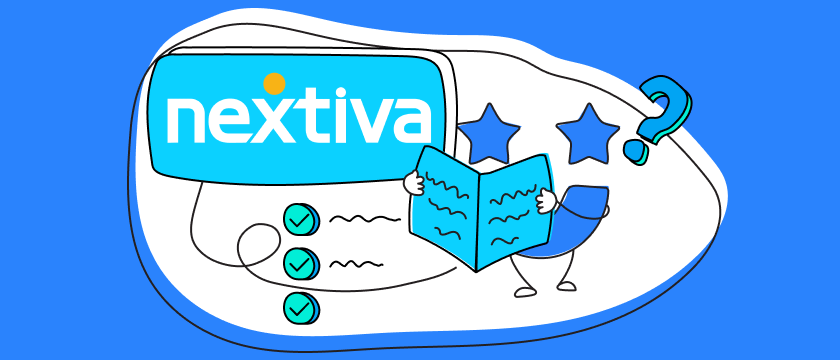
Nextiva Case-study: How to hire a team of 110 in 12 months

In "cases' we share stories of our most interesting and complex challenges.
11/18/2022Read 4 min.
Nextiva
This is Nextiva - a multi-product company based in Arizona that makes communication tools: VoIP, phone systems, video, CRM, automation - everything you can think of in the business communication field.
They do not need advertising in the home market. When your main customers are Amazon, Taco Bell, and Cisco, you can show those logos and close the deal.
The Challenge
In this case, the job was to hire outside the homeland - Nextiva decided to open an R&D office in Ukraine. The decision was perfect because Ukraine is full of high-skilled specialists. But the real challenge was that the hire needed to be done in 12 months. 110 people (~70% developers) in a year.
Hiring 110 people for a year in general may not seem difficult. But there's a reason we tell the story:
🔹 Nextiva in Ukraine is like a guy who came to a party invited by someone, but he knows no one - he's here, but small talk is so small that it looks more like a zero talk.
🔹 There is no media coverage of the company: it is well-known in US, but there are three people that have heard about it in Ukraine.
🔹 No HR activity at all, so even developers that work with similar products don't know the company.
🔹 Pre-Uppeople recruitment legacy is a well-filled DOU profile and a couple of irrelevant job posts on Djinni.
It looks like a 9/10 challenge, so off we go.

The Work
The first objective in such a project is to set up and test hypotheses and find a perfect hiring workflow: we know the priorities, "yes-no" criteria, communication flow, and advantages that will be emphasized in messaging and the interview.
The project is essentially divided into two stages:
Discovery: we are putting the project on track, so we need to answer every possible question that will help us know the company and the market.
Scaling: we have the process figured out, so we only need to repeat it enough times to get a result.
The Discovery phase
Step One: Brief with the hiring team
🔹 Figured out the specifics of the products
🔹 Structured information for each position
🔹 Got into the team culture
🔹 Described candidate profiles for each position
🔹 Determined priority vacancies and traits for each
Step Two: SWOT Analysis
🔹 Researched the company's strengths and weaknesses to form a hiring strategy
🔹 Understood the current state of the business on the market
🔹 Created value propositions for candidates
It's almost impossible to hire the best talent without these points. No-name companies can spend x2-3 on a job simply because they don't form a correct value proposition.
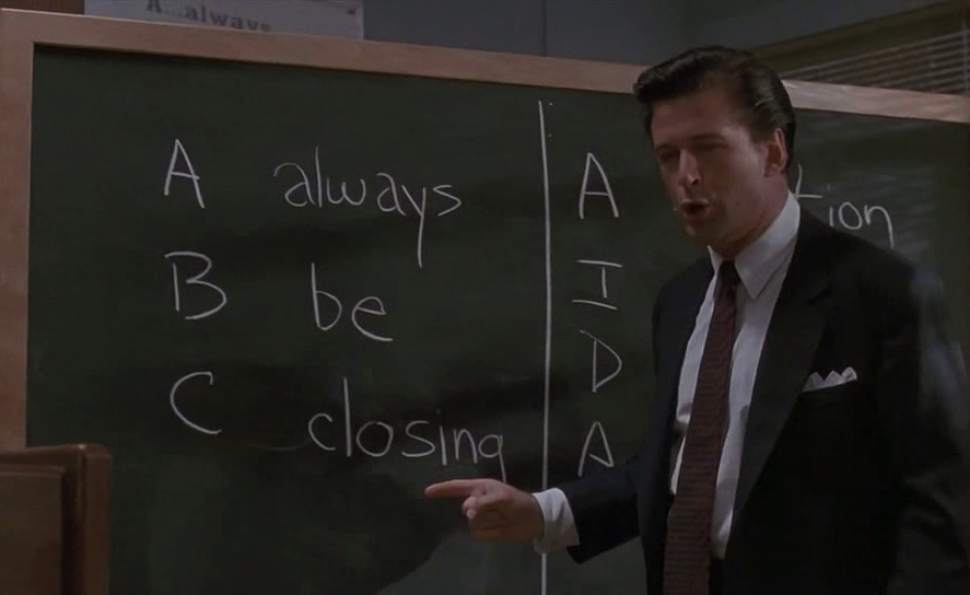
Step Three: Hiring Plan
Every month we have to close 8-12 vacancies, and in peak months - 20. To ensure we succeed in the schedule, we must create a correct process.
🔹We agreed on a timeline for each stage of the funnel: days for each stage, decision-making, moving candidates from stage to stage, etc.
🔹 Created a new flow of work with CRM so that all actions take place on time.
🔹 Structured and prepared pre-screen calls.
🔹 Created a communication plan with the client's team so every step was predictable to them.
Step four: 🔥 Hell week
The objective is simple - understanding whether we "fit" into the candidate's profile. To achieve this we have to work our heads of searching for many candidates in a short period of time. So we:
🔹 Created individual sourcing strategies for key positions.
🔹 Processed our database to find candidates.
🔹 Choose two-three candidates for each position for a client's
After step four Discovery phase ended. We get all the info we need to put recruitment on track and scale.
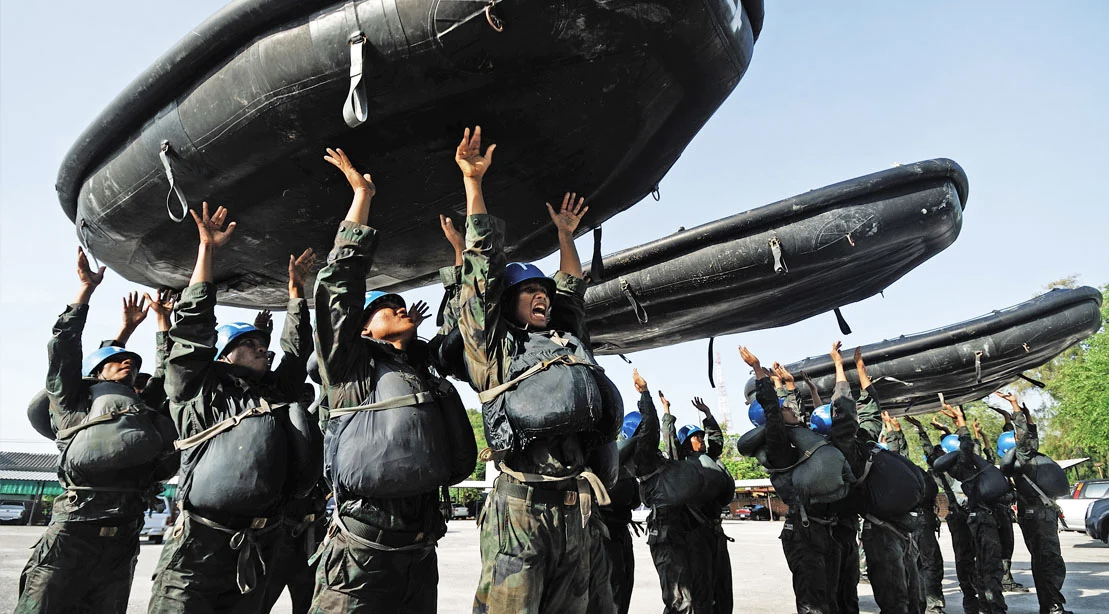
The Scaling phase
The job is to create a recurring system. On the one hand, we have a whole year to finish the job. On the other, we need to close more than two candidates weekly to finish it on time. And the week can pass catastrophically fast.
So we form a closed circle: analytics → reporting → feedback → course correction → scaling.
If you break down the working week, it looks like this:
1️⃣ We analyze all the job positions that the team works on.
2️⃣ Then, create clear reports for the client's team.
3️⃣ We hold regular check-ups where we discuss what's wrong and how we can solve it.
4️⃣ We get feedback.
5️⃣ Then, optimize a process based on it.
6️⃣ Next, analyze successful cases - check the tools, value propositions, and flows.
7️⃣ And scale it on other job positions.
This is how we create a closed, high-efficient recruitment cycle.
The Result
☑️ In 11 months we hired 73 specialists (58 senior). We didn't get to 110, because some we closed with DOU and Djinni and removed low-priority ones.
☑️ We submitted 412 candidates for the entire project.
☑️ The best time to close a job was 9 days. Position: Lead Angular Developer.
☑️ The maximum deviation from the vacancy deadlines is 12 days.
It was one of the most spectacular and wild rides in our recruitment experience. Moreover, it has helped build highly efficient processes that can be scaled. The client is happy, and we are ready for a new challenge!
*mic drop*
Have questions?
Fill the form, and we will provide you with FREE consultation
Have questions?
Fill the form, and we will provide you with FREE consultation
Popular

Nextiva Case-study: How to hire a team of 110 in 12 months
11/16/2022Read 4 min.Read more →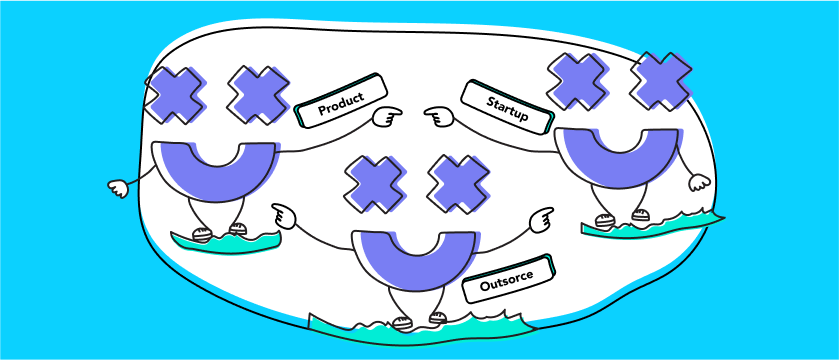
How to hire in a startup, IT outsource and product
6/5/2022Read 4 min.Read more →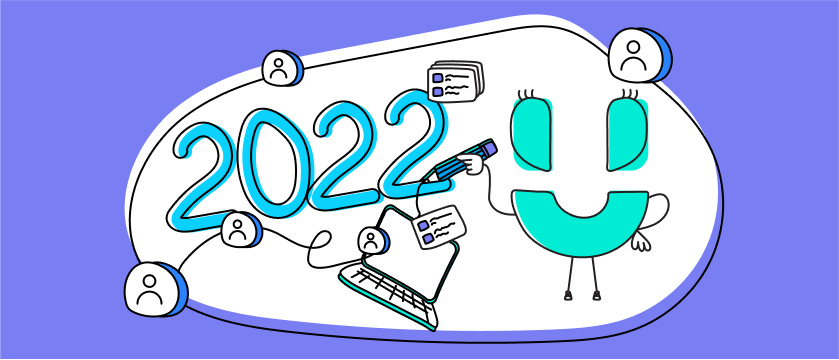
The Rules of the Recruiting Game in 2022
6/5/2022Read 7 min.Read more →
What is the real cost of your hires?
6/7/2022Read 3 min.Read more →
A Recruitment Optimization Guide
6/23/2022Read 8 min.Read more →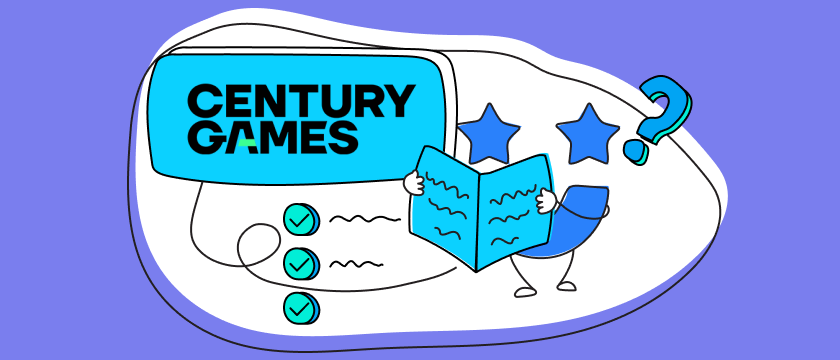
Century Games: How to hire for a no-name company
11/24/2022Read 4 min.Read more →